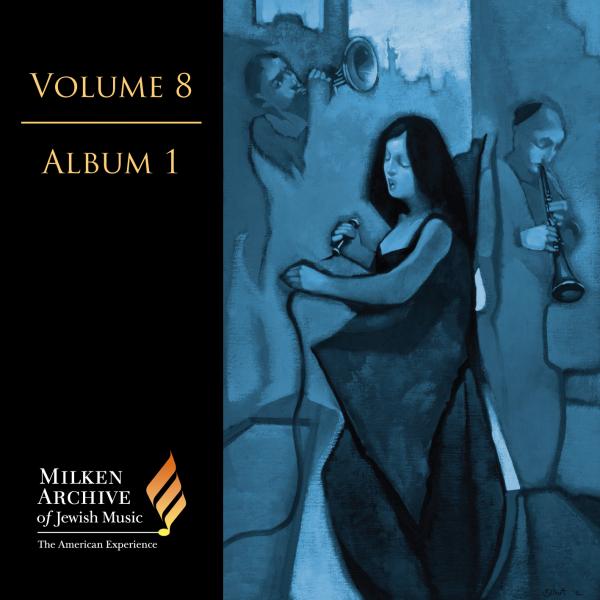Tracks
Liner Notes
The flute is a humanized bird flying overhead, listening aghast to the sound of the machineguns and watching with horror and compassion the—to him—incomprehensible sufferings humans inflict on each other. At other times he listens to, and is being influenced by, the music down below, with its life force, beauty and intense sadness. He passionately loves this music and feels inspired by it.
—Ruth Schonthal
As Ruth Schonthal proceeded to write A Bird Over Jerusalem, she imagined herself as that bird. She was appalled at what “the bird” could observe, but she was also somehow personally involved and driven. She spent two years agonizing over her conception and composition of the work because she found it extremely difficult to reconcile the mystical dimensions of the three principal religious traditions in Jerusalem (Judaism, Christianity, and Islam) and to translate them into a musical language that would have contemporary significance as well as form and sonic relevance. Her goal was to create a piece for flute that would have emotional impact without indulging in avant-garde effects for their own sake. Throughout her work, she kept asking herself whether, if she had been born into Near Eastern, oriental Jewish culture, she would ever have become a composer.
Schonthal seized on several inventive devices in order to create the effects she sought. The sound of Arabic chant is represented by sliding pitches on magnetic tape. To connect them with the piano’s fixed tuning system, she placed a plastic rod on its bass strings. “This defused the pitches somewhat,” she has explained. To integrate the echo of gunfire, she imitated its sound on the piano by calling for the pianist to strike both wood and metallic parts of the instrument with mallets. Strumming the lower strings is intended to signify the “swooshing of the bird’s wings, or to simulate sliding on the strings of string instruments. A rubber-tipped mallet struck on the lower strings of the piano suggest the starkest sound of church bells, which is followed or preceded by a B-flat-major chord “played piously.”
The originally Hassidic melody of Hava nagila— which preceded the words attached to it by Moshe Nathanson as a wordless niggun—and parts of the Ashkenazi melody for Kol nidrei are interwoven with the bird’s struggle to replicate Arabic chant. The opening phrase of the Israeli national anthem, “Hatikva,” concludes the piece as the bird flies away “hearing muted gunfire in the distance.”
Credits
Composer: Ruth SchonthalPerformers: Bonita Boyd, Flute; Prerecorded tape; Joseph Werner, Prepared Piano
Publisher: Furore Verlag

